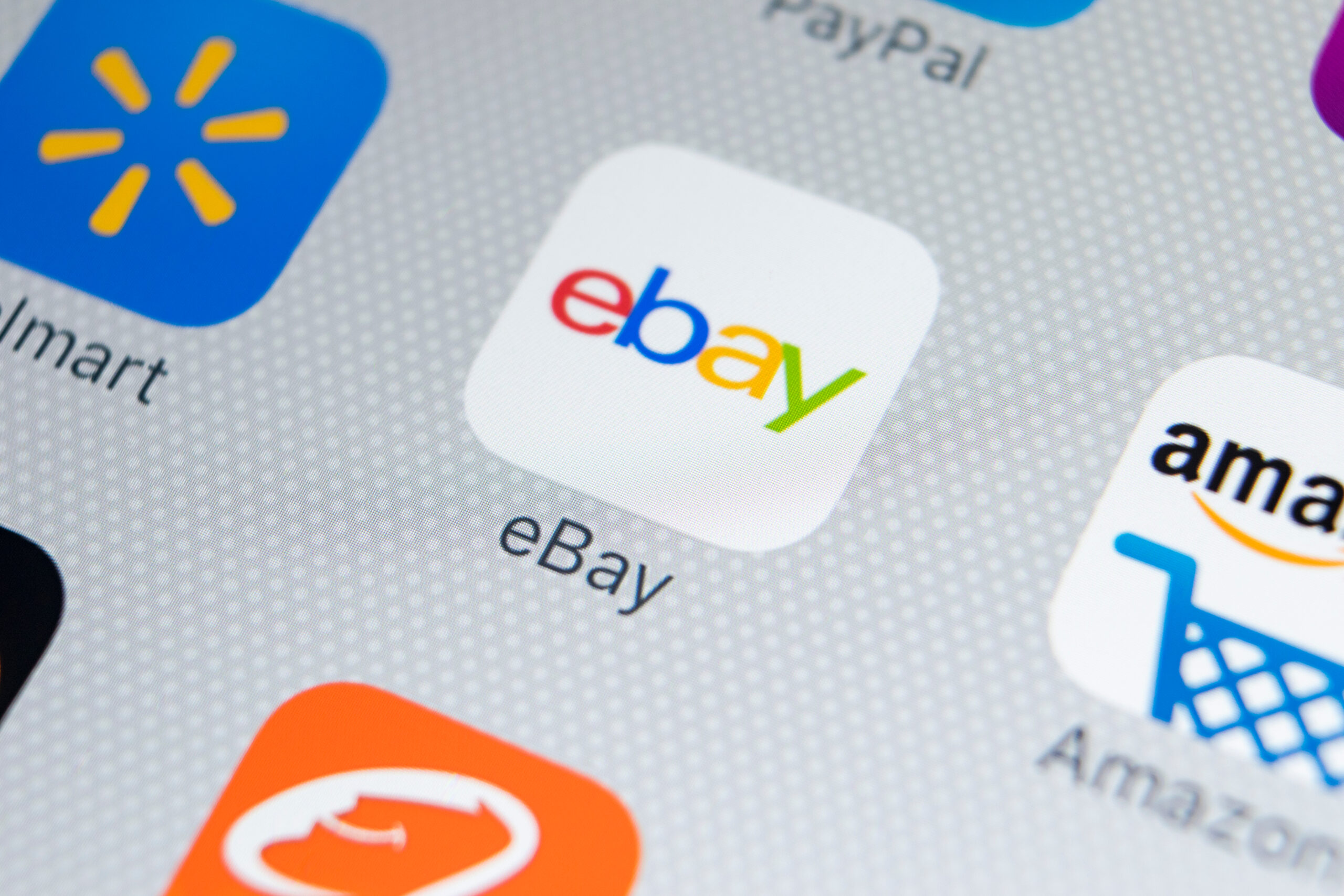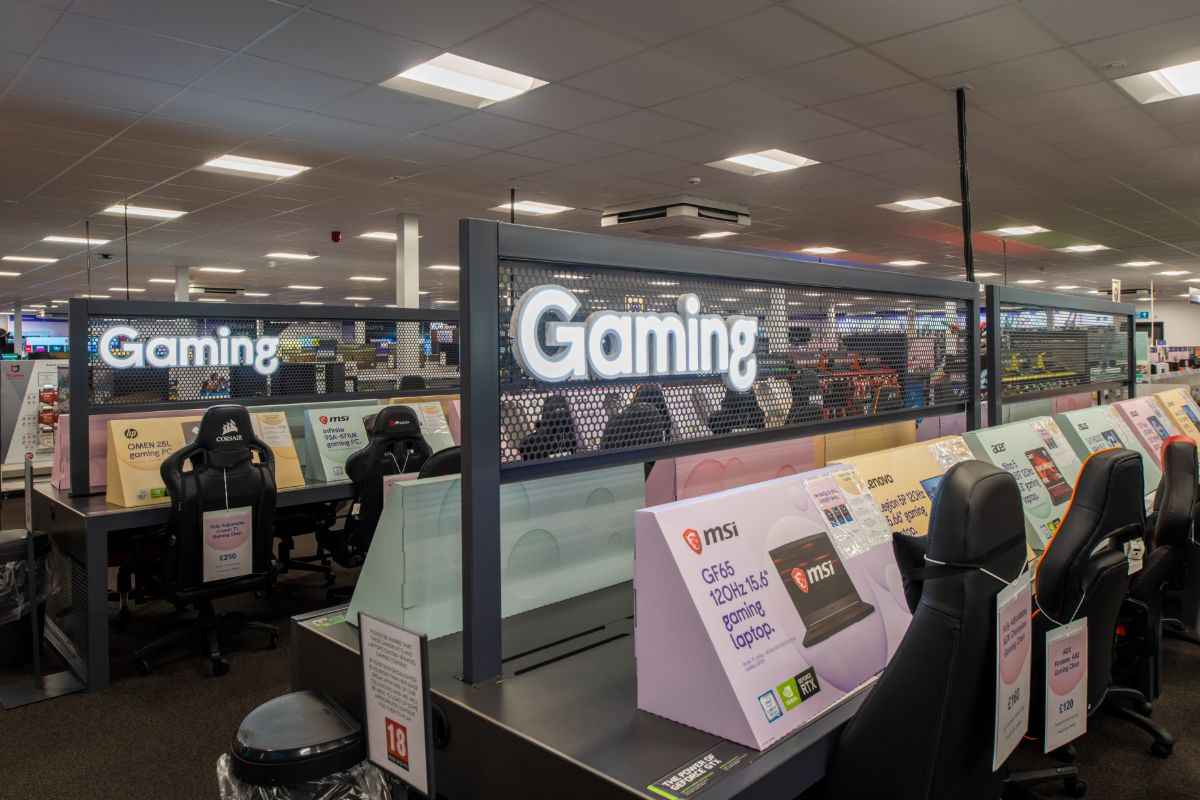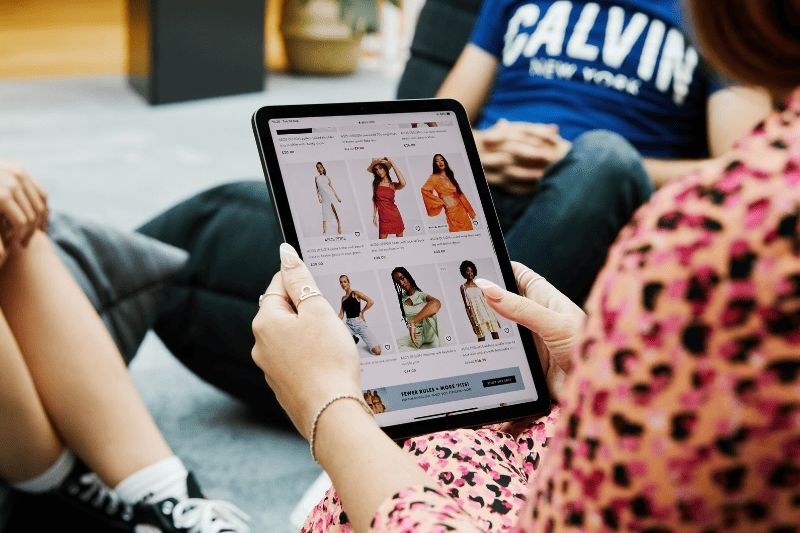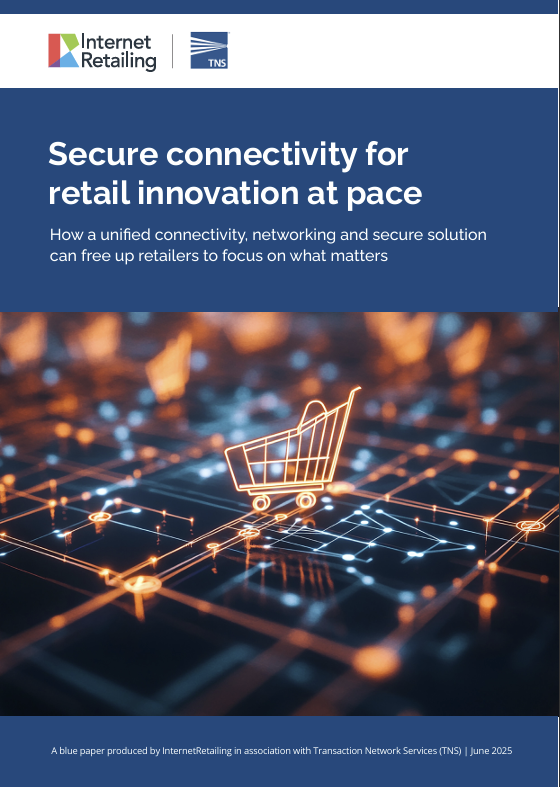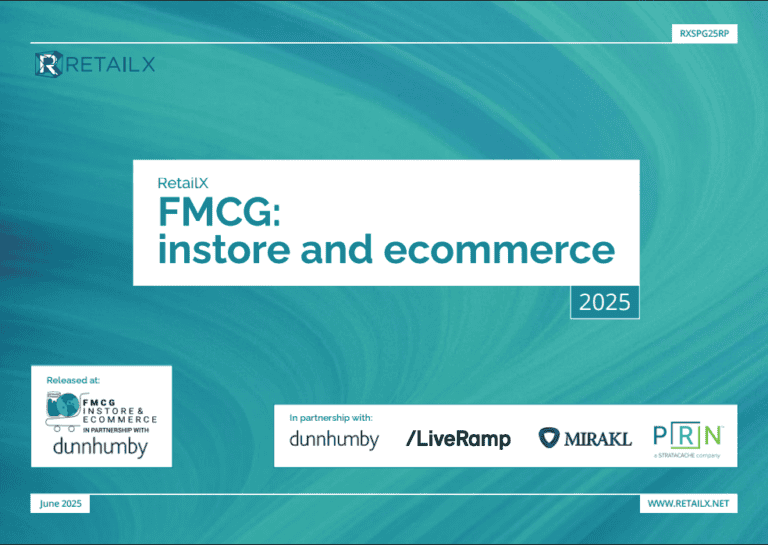A new round of digital disruption is set to change forever the way shoppers buy, a new report concludes.
Retailers will respond by fully digitising the end-to-end customer experience, from the store onwards, predicts Forrester’s The Future of the Retail Experience.
Report author Nigel Fenwick says that customers’ expectations of the ‘normal’ in-store experience will change as they become more used to digital experiences. That in turn, he argues, will mean all retailers must provide similar experiences, or risk losing customers. “Traditional retailers are in a race with online retailers to develop high-value shopping experiences,” he writes.
We’ve singled out five ways that Forrester predicts the retail experience will change as the new normal shopping emerges.
Personalised experiences in-store
Store traders will use digital technology to give individual customers personalised shopping experiences. The result will be immersive and engaging in-store experiences that cannot easily be replicated at home.
Fashion retailer Rebecca Minkoff, for example, combines RFID tags with digital mirrors in the changing rooms. Customers choose products from the shop rails and take them to the changing room, where a digital mirror displays the different items that the customer has in the room. They can then select an item to order a new size if required.
In the future, predicts Forrester, stores will help shoppers to find the right size for them using digital sizing mirrors that also make upsell and cross-sell recommendations of complementary items of of clothing or accessories.
In-store beacons will also help shoppers find the items they want to buy.
Augmented reality at home
Online retailers such as Amazon will compete with the in-store experience through augmented reality home shopping experiences, predicts Forrester. Meanwhile, traders with stores will use the technology to extend the experience to the home.
Shopping apps, using technology such as Microsoft’s HoloLens, will enable customers to try on their items in a virtual at-home dressing room, with items superimposed over their body. Intelligent systems will make sure the correct sizes are chosen.
Customer service agents will use augmented reality goggles to see what the customer sees, enabling them to find the right parts that are needed for at home DIY or for their car.
AR goggles will also enable retailers to help customers with their interior design projects. “In the future,” says Fenwick, “customers will expect to be able to interact with the furniture — virtually moving it from one corner to the other to see how it ‘feels’. This deeper level of customer engagement will connect with the customer’s emotions and create a stronger bond that drives customer loyalty and sell-through.”
As technology develops towards these ends, says Fenwick, retail CIOs and strategists should plan for in-store connectivity, with solutions to power in-store devices, as well as considering the high bandwidth requirements of in-home augmented reality. Partnering with global brands to create virtual product experiences will also be critical.
“Augmented reality will be a differentiator for brands that invest early, setting the stage for
others to follow,” says Fenwick. “While ecommerce platforms will initially lack integration with early examples of augmented shopping, augmented reality will eventually need to integrate into the entire shopping experience.
“To prepare for the future, CIOs and digital leaders need to start conversations with
application vendors on the massively multiplayer online role-playing game (MMORPG)-derived
technology architecture needed to support tomorrow’s augmented reality.”

